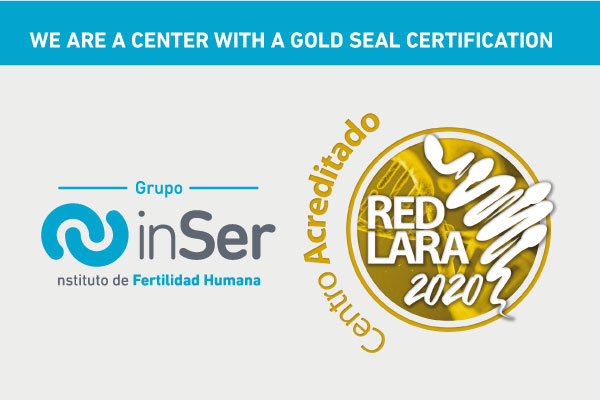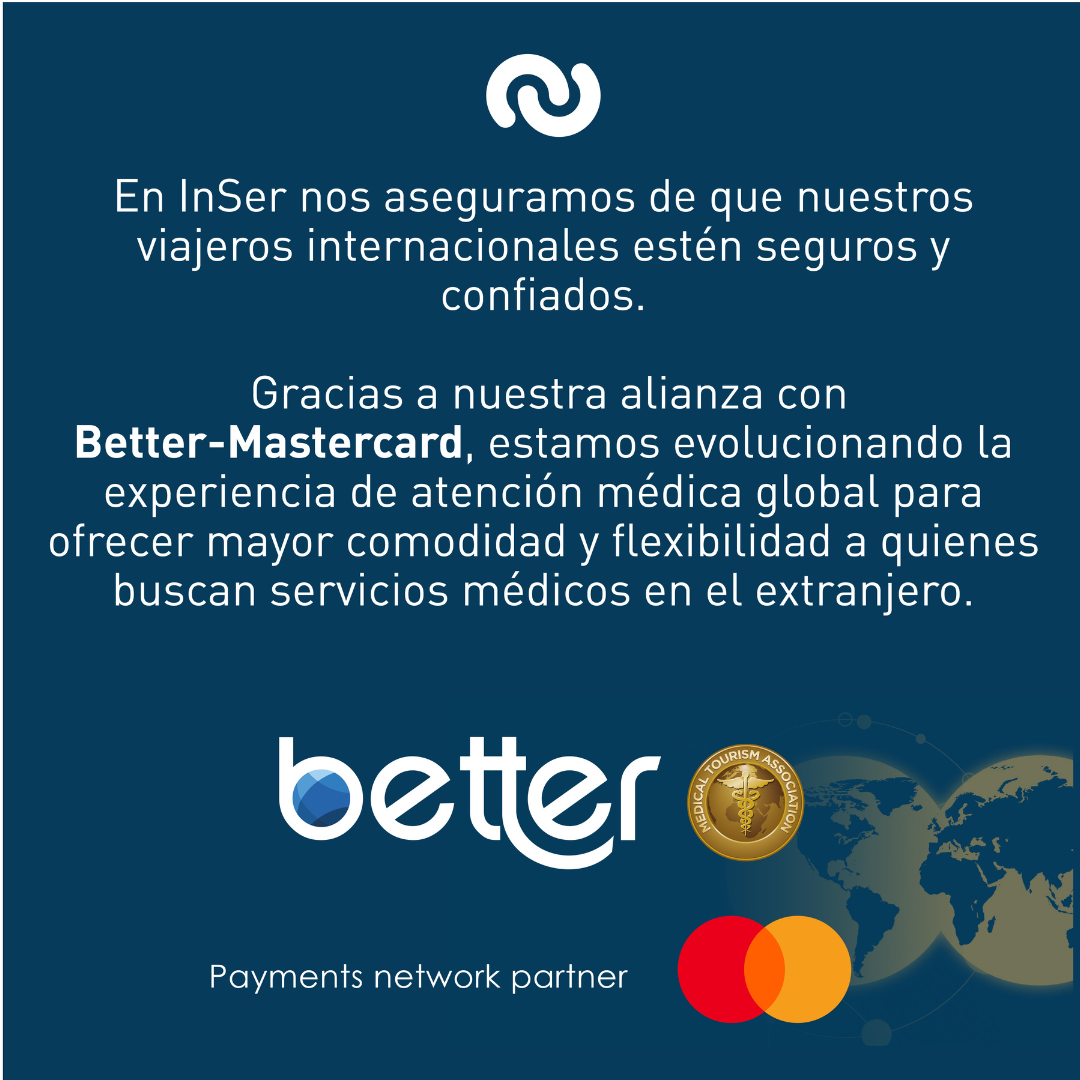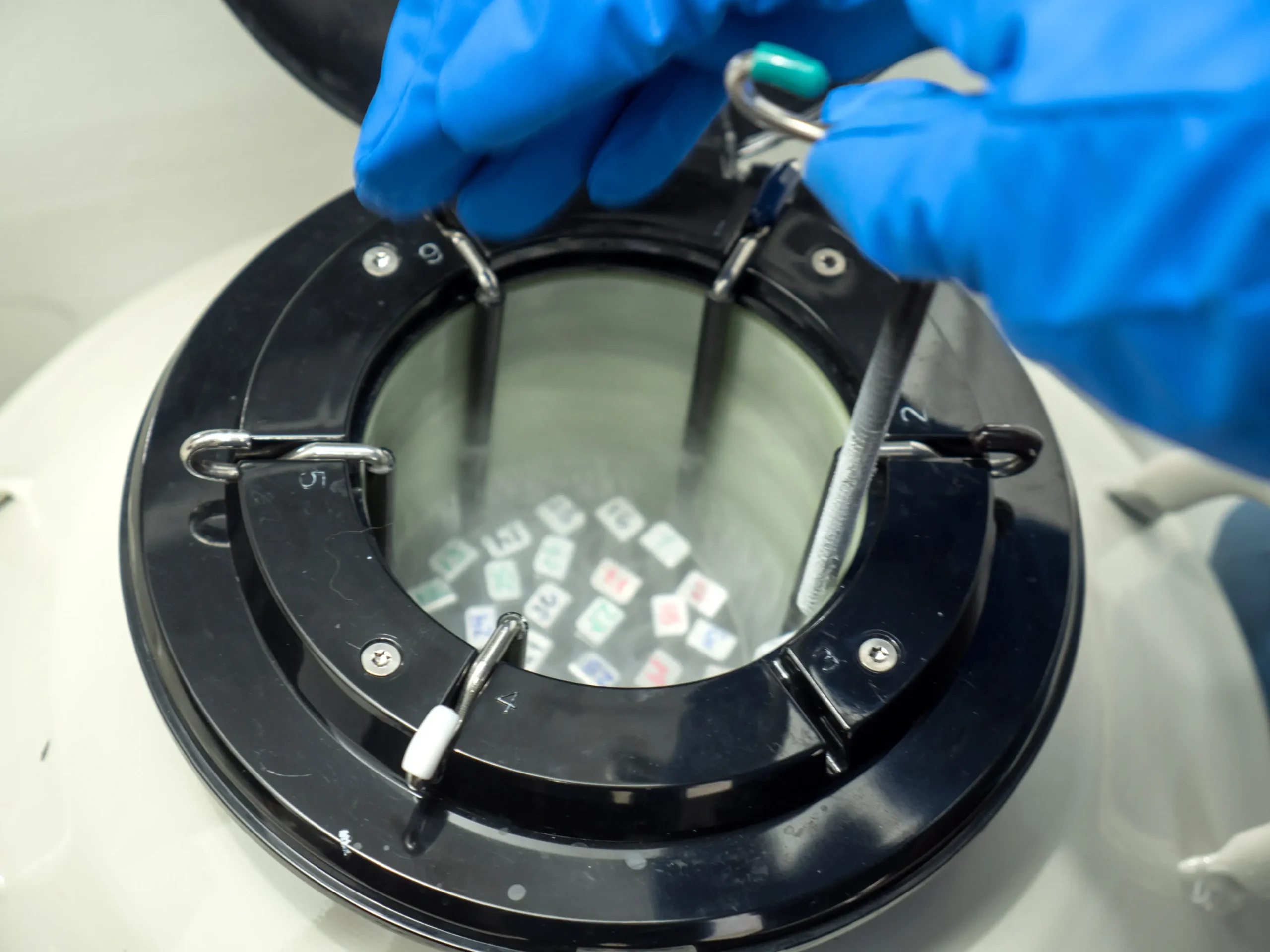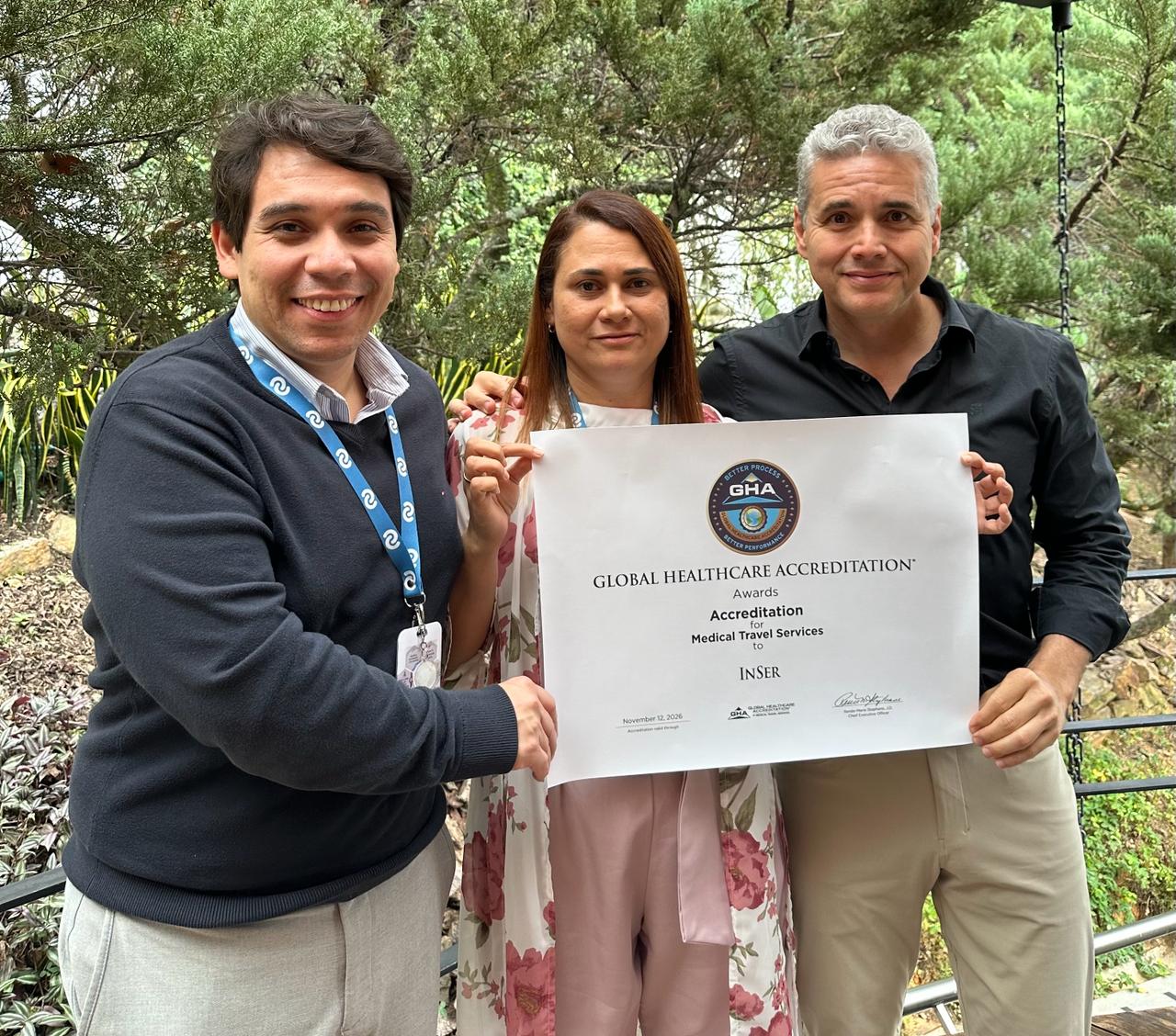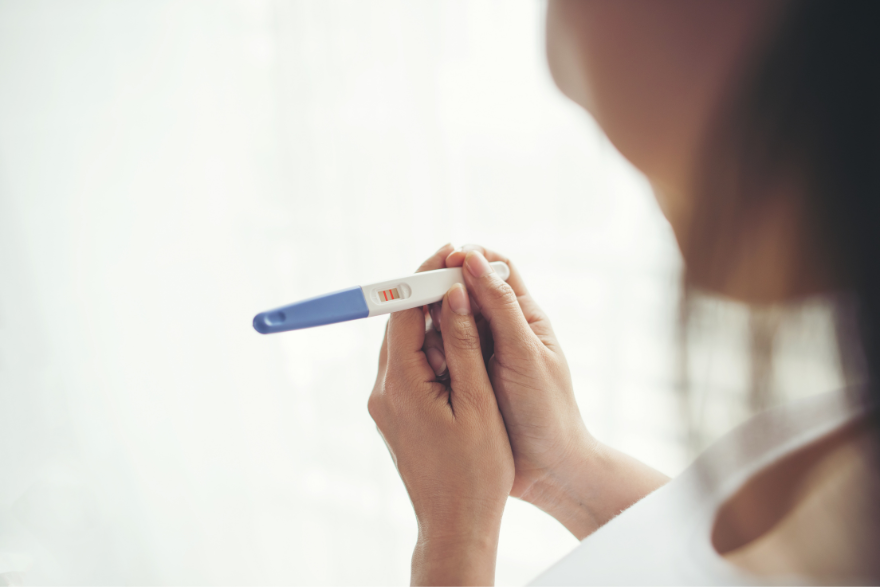For 26 years, INSER has worked with love, commitment and responsibility in building a quality model based on research and the application of the best techniques in Assisted Reproduction (AR). As a testament to this, our Institution has been recognized by the Latin American Network of Assisted Reproduction (REDLARA) as a Fertility Center with a GOLD seal in Latin America.
Our scientific director, who is also deputy director of REDLARA for Colombia and neighboring countries, Dr. Natalia Posada Villa, explains in detail the importance of being part of the Network and the meaning it has for an institution to receive the GOLD seal certification.
With this certification, INSER ratifies its firm commitment to best practices in the management of its fertility treatments, which day after day help thousands of families who dream of having a child.
For more information:
Medellín: (4) 268 8000
Bogotá: (1) 746 9869
Cartagena: (5) 693 0434
Pereira: (6) 340 1709 – 311 7706212
Manizales: (6) 8962220


